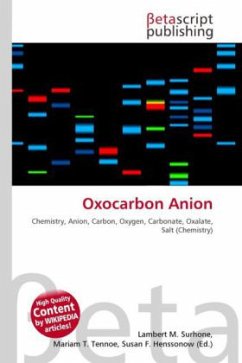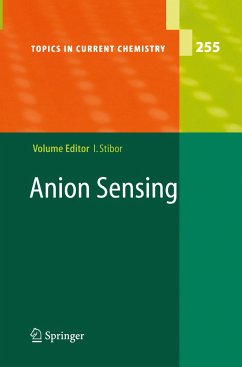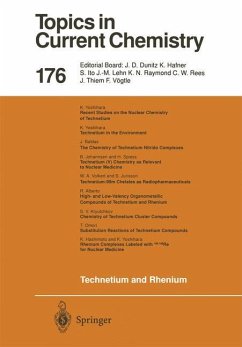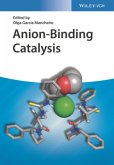High Quality Content by WIKIPEDIA articles! In chemistry, the term pseudo-oxocarbon anion is used to refer to a negative ion that is conceptually derived from an oxocarbon anion through repacement of one or more of the basic oxygen atoms by chemically similar elements or functional groups, such as sulfur (S), selenium (Se), or dicyanomethylene (=C(CN)2). An ion is an atom or molecule in which the total number of electrons is not equal to the total number of protons, giving it a net positive or negative electrical charge. An anion (pronounced / æna n/; an-eye-on), from the Greek word (an ), meaning "up", is an ion with more electrons than protons, giving it a net negative charge (since electrons are negatively charged and protons are positively charged). Conversely, a cation (pronounced / kæta n/; cat-eye-on), from the Greek word (kata), meaning "down", is an ion with more protons than electrons. An ion consisting of a single atom is a monatomic ion. If it consists of two or more atoms, it is a polyatomic ion.







